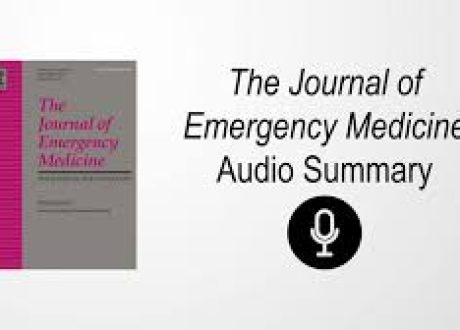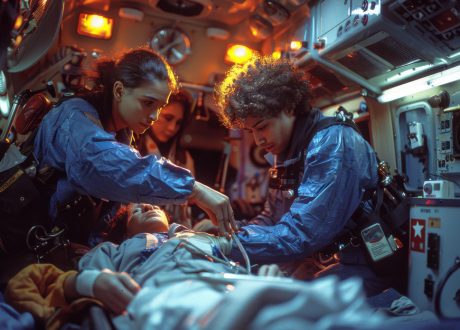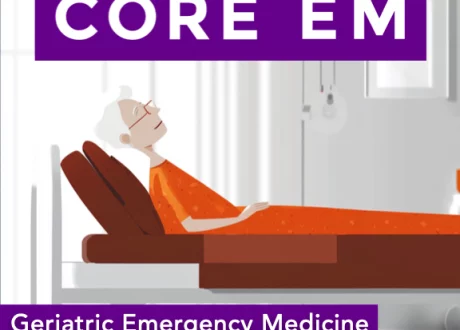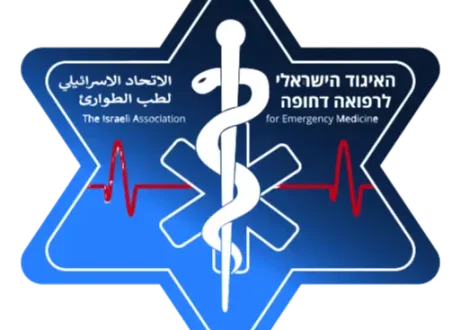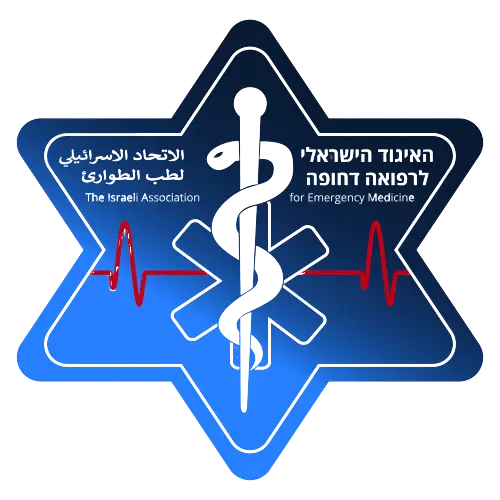Devin Singh, BMSc, MBBS, MSc1,2,5; Alper Celik, PhD3; Evangeline W. J. Zhang, HBSc, MS1; et al
Key Points
Question Can natural language processing (NLP) models automate detecting injury cases in emergency department patient medical records to improve the efficiency of injury reporting and surveillance programs?
Findings In this prognostic study of 217 173 emergency department visits at The Hospital for Sick Children, NLP models identified 90% of injury cases and reduced manual medical record review from 100% of patient medical records to only 17%, representing an 83% reduction.
Meaning These findings suggest natural language processing models can effectively automate injury case detection in emergency department patient medical records, substantially improving the efficiency of injury surveillance reporting.
Importance Injury is a leading cause of morbidity and mortality among children worldwide. Prevention strategies rely on timely and accurate injury surveillance. Many national programs, including the Canadian Hospitals Injury Reporting and Prevention Program (CHIRPP), depend on manual review of emergency department (ED) medical records to track injury trends. Rising ED volumes have strained manual processes, delaying data analysis and compromising early detection of public health risks.
Objective To evaluate whether natural language processing (NLP) transformer models can automate injury case detection in ED medical records, improving CHIRPP workflow efficiency while maintaining high sensitivity.
Design, Setting, and Participants Prognostic study of ED visits from January 1, 2017, to December 31, 2023, at The Hospital for Sick Children, a high-volume tertiary pediatric referral center in Toronto, Canada, and a core CHIRPP site. The dataset included pediatric ED visits across all age groups. All medical records were labeled as requiring or not requiring CHIRPP reporting, with no exclusions. Two transformer-based NLP models, DistilBERT-base-uncased (model 1) and BERT-large-uncased (model 2), were fine tuned using supervised learning to classify medical records as CHIRPP-reportable or not.
Exposure Application of fine-tuned NLP transformer models to routine ED visit data to automate classification of injury-related cases for surveillance reporting.
Main Outcomes and Measures Outcomes included true positive rate (TPR), true negative rate (TNR), false positive rate (FPR), false negative rate (FNR), area under the receiver operating characteristic curve (AUROC), and area under the precision-recall curve (AUPRC). Additional outcomes included the proportion of medical records requiring manual review to achieve 90% sensitivity.
Results Among 217 173 pediatric ED visits across all age groups, model 1 achieved an AUROC of 0.983, AUPRC of 0.932, TPR of 0.90, TNR of 0.99, FPR of 0.014, and FNR of 0.10. Model 2 showed similar performance with an AUROC of 0.983, AUPRC of 0.931, TPR of 0.90, TNR of 0.99, FPR of 0.012, and FNR of 0.09. Both models identified 90% of injury cases while reducing manual medical record review from 100% to 17% of ED visits.
Conclusions and Relevance NLP transformer models accurately automated detecting injury cases in ED patient medical records, with the potential of enabling real-time injury surveillance monitoring.




